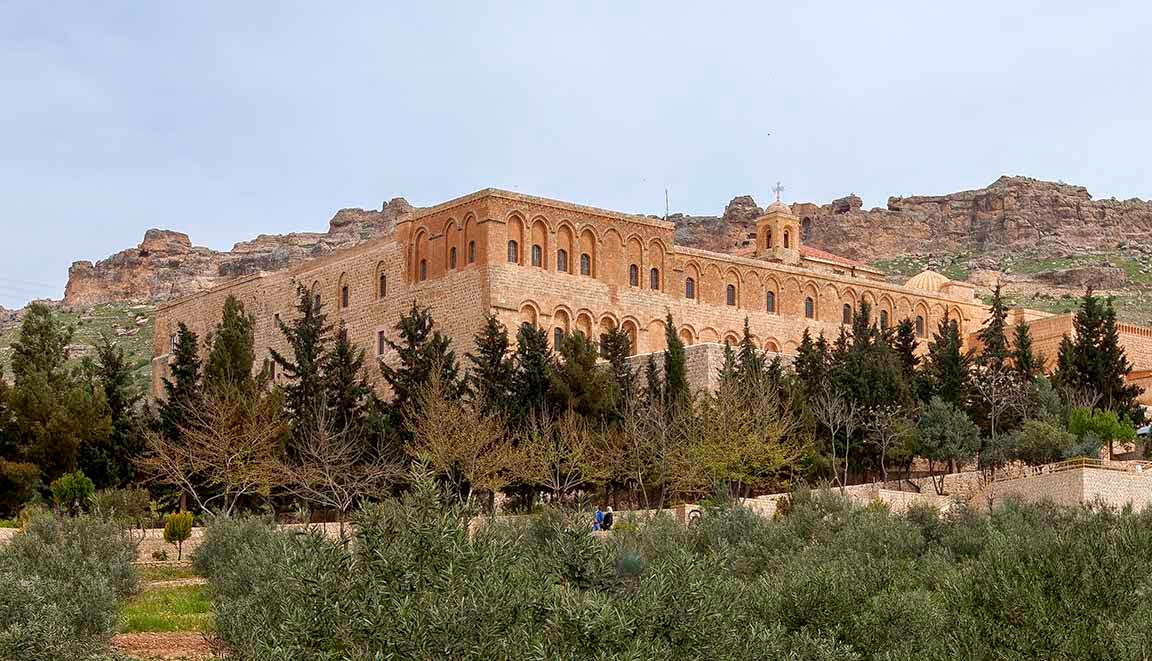Uzbekistan | Khorezm | Khiva | Djuma Mosque
After wandering about the Fifty Forts Region along the northern bank of the Amu Darya I returned to Khiva. I was most interested in finding what traces if any of Khiva survived the Mongol invasion of the lower Amu Darya in the winter of 1220-1221.
Although much has been written about the fall of Urgench, further on down the Amu Darya (now known as Kunye Urgench, or Old Urgench, now in Turkmenistan, and not be to confused with New Urgench, in Uzbekistan just east of Khiva), none of the contemporary Persian accounts of the Mongol invasion that I am aware of say anything about Khiva. Ala'iddin Ata-Malik Juvayni (1226–1283), for instance, in his book Genghis Khan: The History of the World Conqueror , gives a harrowingly detailed account of the fall of Urgench, but as far as I can tell, given the confusion over name places, he makes no mention of any Mongol attack on Khiva. Yet Khiva was a prominent city in the thirteenth-century and would have been a tempting target for plunder during any invasion of the region. Indeed, local people insist that Mongol forces did sack Khiva in late 1220 or early 1221 and recount numerous local legends about the seige and ultimate destruction of the city.
, gives a harrowingly detailed account of the fall of Urgench, but as far as I can tell, given the confusion over name places, he makes no mention of any Mongol attack on Khiva. Yet Khiva was a prominent city in the thirteenth-century and would have been a tempting target for plunder during any invasion of the region. Indeed, local people insist that Mongol forces did sack Khiva in late 1220 or early 1221 and recount numerous local legends about the seige and ultimate destruction of the city.
The bas-relief of Chingis shown on the cover of Juvaini’s book can be seen at Khökh Nuur in Khentii Aimag.
You will recall that Chingis Khan himself, after leading the attacks on Bukhara and Samarkand, spent the winter of 1220-21 camped on the banks of the upper Amu-Darya at a place known as Sali-Saray. The area known as Khorezm (or Khwarezm and a host of other alternative spellings) on the lower Amu Darya had not yet been attacked by the Mongols. In the fall of 1220 Chingis dispatched an army led by his two sons Chagatai and Ögedei down the Amu Darya with orders to take the Khorezm capital city of Urgench. They would have had to pass by Khiva and presumably they plundered the city before moving on to Urgench farther on down the Amu Darya.
The current City Walls of Khiva, which have been restored, were according to locals built sometime after the destruction of the city by the Mongols. The previous city walls were reported leveled by the invaders. The Djuma Mosque, originally dating to the tenth-century, was also destroyed during the sack of the city. This Arabian-style structure with a flat roof held up by hundreds of columns was said to be the only mosque of its type in Central Asia. It was later rebuilt in the same style with a total of 213 columns. According to some sources as many as twenty-one of the columns from the old mosque survived its destruction by the Mongols and were incorporated into the new building. Some of them are ornamented with 10th–12th Arabic inscriptions in Kufic Script. My guide, a history researcher at a local institute, was only able to point out three and possibly four columns which pre-dated the Mongol invasion. These then would be some of the few artifacts which have survived the destruction of the city by the Mongols in 1220-1221.
Some of the 213 columns holding up the flat roof of the Djuma Mosque
One of the columns which locals claim pre-date the Mongol Invasion.
Another column said to pre-date the Mongol Invasion
Base of one of the columns
Carving on one of the columns said by local experts to be typical of the 10th-12th centuries
Another column which may pre-date the Mongol Invasion









